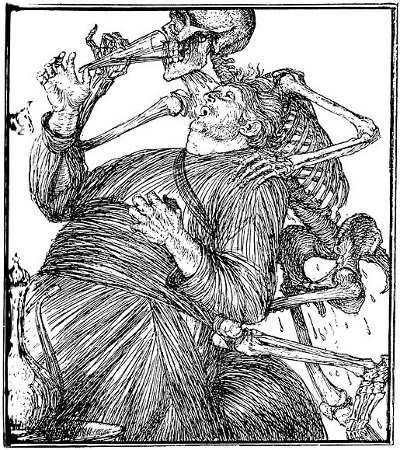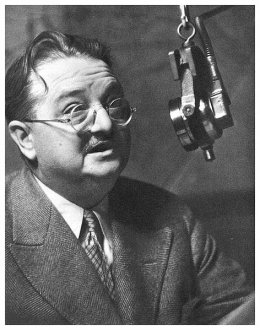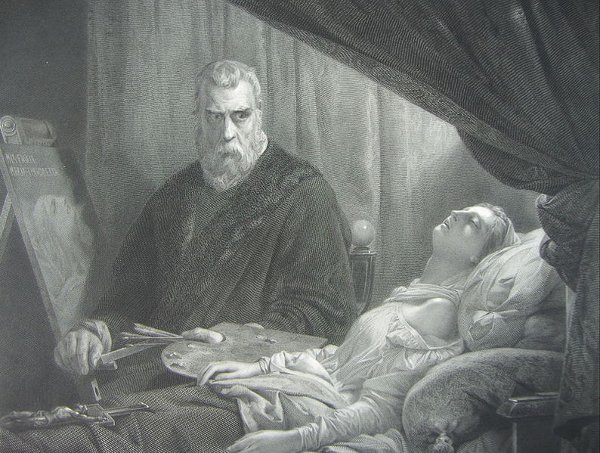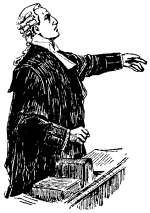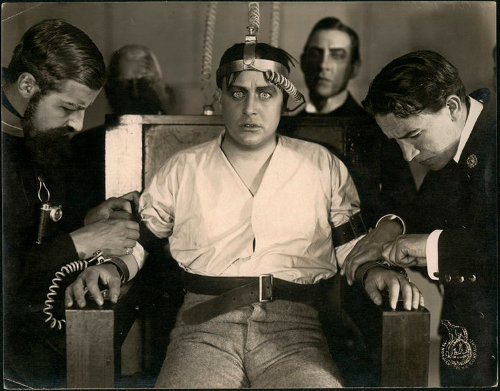
Last words of executed criminals:
- “Mercy! Mercy! Mercy! Don’t hang me! I can’t die! I’m not ready to die! I don’t want to die!” — North Carolina burglar Henry F. Andrews, 1879
- “Where is my little boy? Look at me, my son, and take warning.” — Louisiana murderer Edward Rector, 1884
- “What time is it? I wish you’d hurry up. I want to get to hell in time for dinner.” — Wyoming murderer John Owens, 1886
- “These are for my sister [taking off her eyeglasses]. Please see that she gets them.” — Vermont murderer Mary Mabel Rogers, 1905
- “They can’t kill a smile!” — Montana murderer Harrison Gibson, smiling, 1917
- “I have something of interest to tell –” — California murderer Paul Rowland, cut off by his hanging, 1929
- “Make it snappy.” — California murderer Charles H. Simpson, 1931
- “You might get me a gas mask.” — Arizona murderer Jack Sullivan, 1936
- “So long.” — Utah robber and murderer James Joseph Roedl, 1945
- “Kiss my ass.” — John Wayne Gacy, to a prison guard, 1994
- “Merry Christmas.” — Virginia rapist and murderer Lem Tuggle, 1996
Before his lethal injection in 2007, Arizona murderer Robert Comer said, “Go Raiders.”

